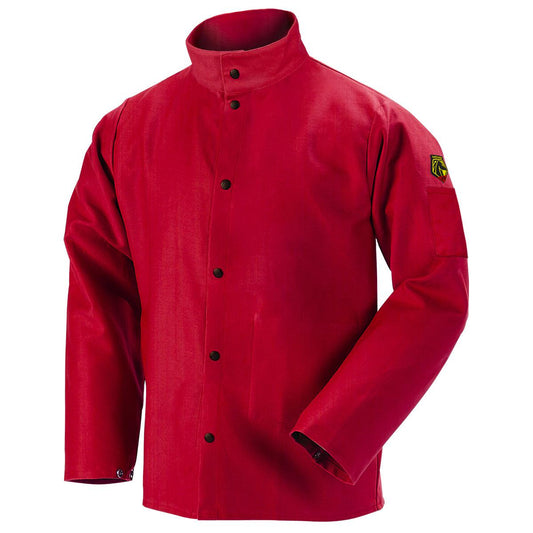MIG welding downhill works great for thin metal and joints that won’t see a lot of pressure and heavy use. However, once you start welding thicker metals that see a lot of action, you need to start looking into more reliable techniques that create strong welds, such as welding uphill. Welding uphill can be challenging because it’s a difficult position for most welders to hold their torch steady and the puddle needs to keep moving uphill as you weld. However, if you want a stronger weld, MIG welding uphill is one of the best tricks you can use.
Here are some important tips on how to make your MIG welds stronger:
Clean Your Metal
Millscale on steel will be the enemy of a strong weld, adding impurities that weaken welds. As much as you can, grind, sand, and wipe clean your metal before welding. MIG welding with shielding gas keeps your metal pure while you work, but failing to prep your metal will only leave you with weaker welds that are more likely to snap.
Test Welding Settings
If you don’t have a press that can put stress on your practice welds, at least take some whacks at your practice welds with a hammer or mallet. As you perfect your welding technique, putting your welds through stress tests will let you know if you’re getting enough penetration into the metal and achieving sufficient fusion.
If your welds start cracking under pressure, change your settings, modify your technique, or drop a question at a welding forum online. Make sure you’re using the right materials as well when you check out your technique and settings.
Vertical Uphill MIG Welding
Trace the front edge of the puddle in a series of upside down V’s . You don’t want to pile up your weld. The only way to get good penetration is to keep the weld puddle moving forward. Penetration happens at the front of the weld puddle. Otherwise you’re just building up a sloppy, ineffective weld that won’t hold under pressure.
Take an Extra Pass for Stronger MIG Welds
If you don’t mind compromising the look of your weld, and you’re confident enough in your technique, try taking an extra pass along your weld joint. Running two passes can give you extra fusion between the two sides if they’re particularly far apart. In addition, the second weld will be significantly stronger than the first since the metal has been pre-heated by your first pass.
All that to say, if your joint is fairly narrow and you want to make your weld a little stronger, you could do a little bit of preheating. Just beware of getting it too hot because welding could wreck your metal work piece.
Blast Your Tacks Into Place
Don’t go easy on your MIG welding tacks when it’s time to prep your metal. Tacks hold your metal work pieces together, but many welders fail to optimize them. For instance, a tack weld should be good and hot with lots of amperage. In addition, a good ground will help you get the most out of your tack weld.
The last thing you want while welding uphill in particular is for your metal to shift. Then you’re stuck cutting and grinding out a partial weld..
Optimize Your Welder Settings
The typical welding settings aren’t going to cut it for most uphill MIG welding projects. Begin with settings for thinner metal that you can modify as you work on perfecting. You need enough power for good fusion but you don’t want melted metal pouring down your work piece as you’re trying to weld!
Keep Your MIG Wire Short
The stick out for your MIG wire should be on the shorter side. While a long wire will cause an erratic arc and most welders with a bit of training will be more likely to keep their stick out short, uphill welding requires keeping your stick out even shorter.



